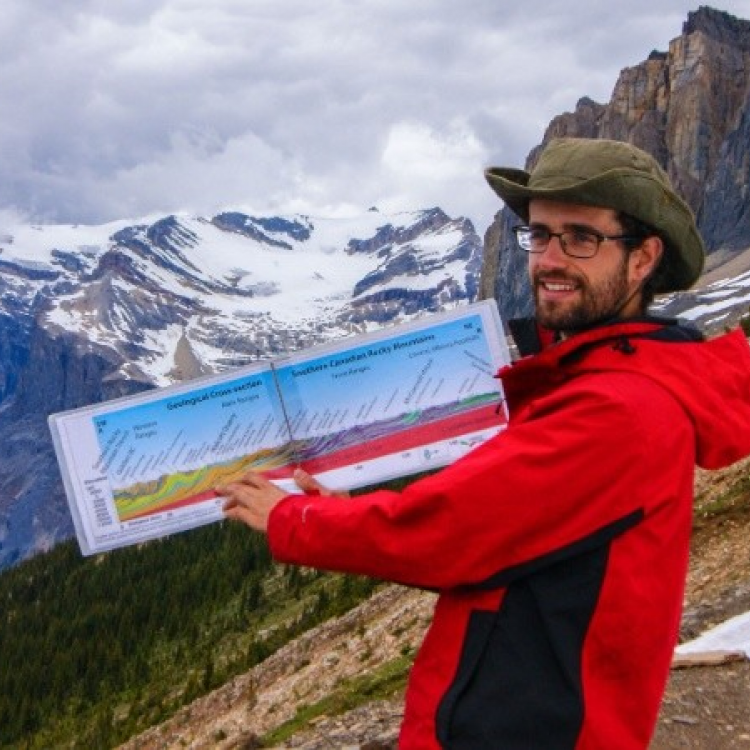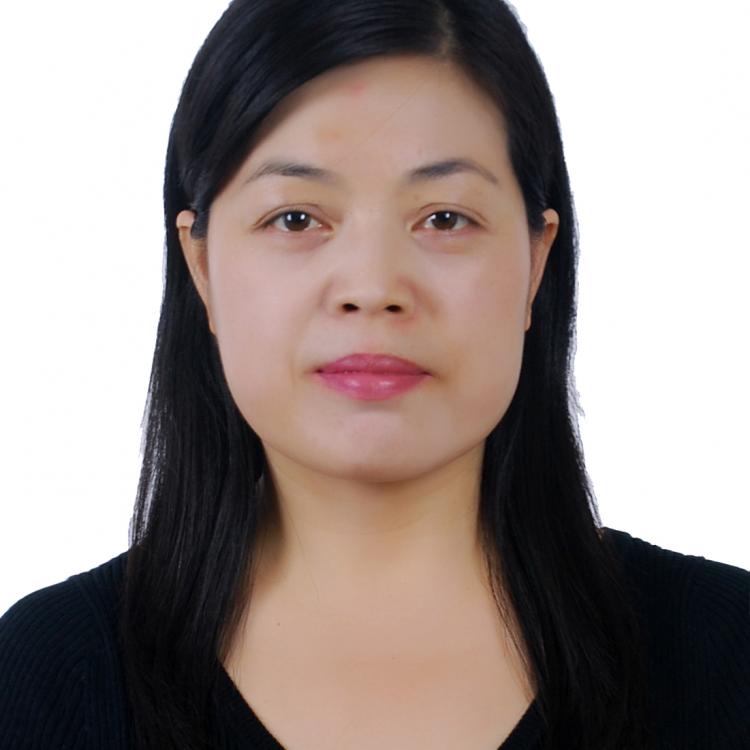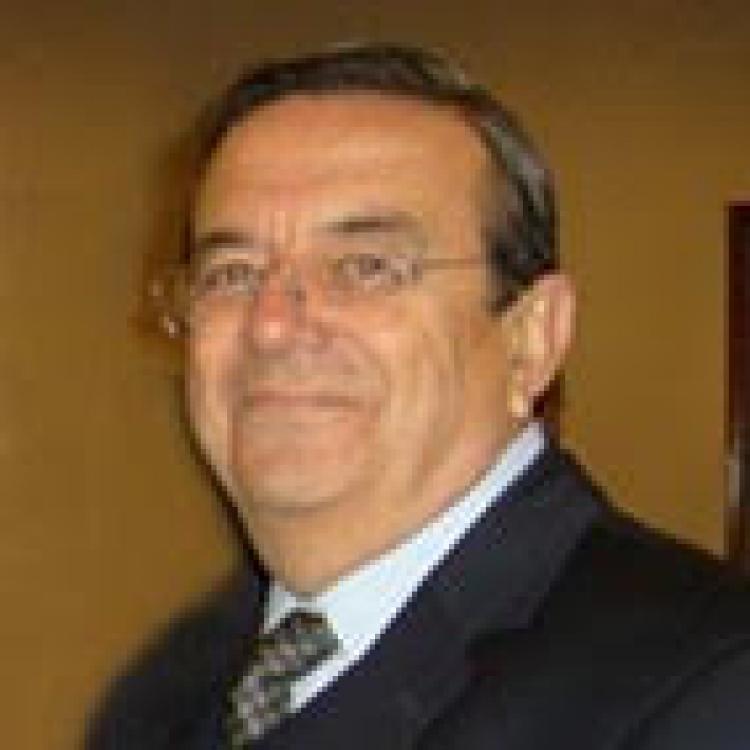Date
Date and Time
October 19, 2020 12:00 PM (PDT)–01:00 PM (PDT)
Abstract
The Kovire geothermal zone is located in southern Perú at an average altitude of 4300 m above sea level. It is characterized by the presence of hot springs at a maximum temperature of 86 °C (boiling at this elevation) with flow rates of up to 50 L/s and sinter deposits. The geological setting consists of a silicoclastic sedimentary basement of Mesozoic age, on which products of volcanic eruptions (mainly porphyritic andesite) have been deposited during discontinuous effusive and explosive episodes, and accompanied by sediments formed in a lagoon environment. Volcanic activity occurs during the Cenozoic, with age of 0.1 Ma, the most recent recorded with K/Ar dating.
The structural configuration of the Kovire geothermal zone indicates that it is framed within a regional caldera structure, within which andesitic volcanics and dacitic domes have been emplaced. The main local faults are normal with a strike direction NW-SE and N-S: they are located within the caldera structure, are considered neotectonic faults and have a diffuse scarp.
To generate maps of mineral assemblages associated with hydrothermal surface alterations, as well as the identification of anomalies in the surface temperature of the soil, ASTER satellite images were processed using supervised classification techniques. The classifications were validated with reflectance data collected in the field using the FieldSpec-4 spectroradiometer. The maps are useful to delineate the type and extent of geothermal activity at Kovire. The ASTER data show strong absorption in band 6 due to the presence of clay minerals such as kaolinite, alunite and dickite, minerals that are typical in an argillic alteration. Additionally, phyllic alteration is indicated via an absorption between band 5 and 6 due to the presence of muscovite, illite and montmorillonite. Propylitic alteration is also present, with strong absorption in band 8 due to the presence of chlorite, epidote and calcite.
Session
Speakers
Session Code
EPM07P
Session Name
Special poster session - Peru







































































































































































































































